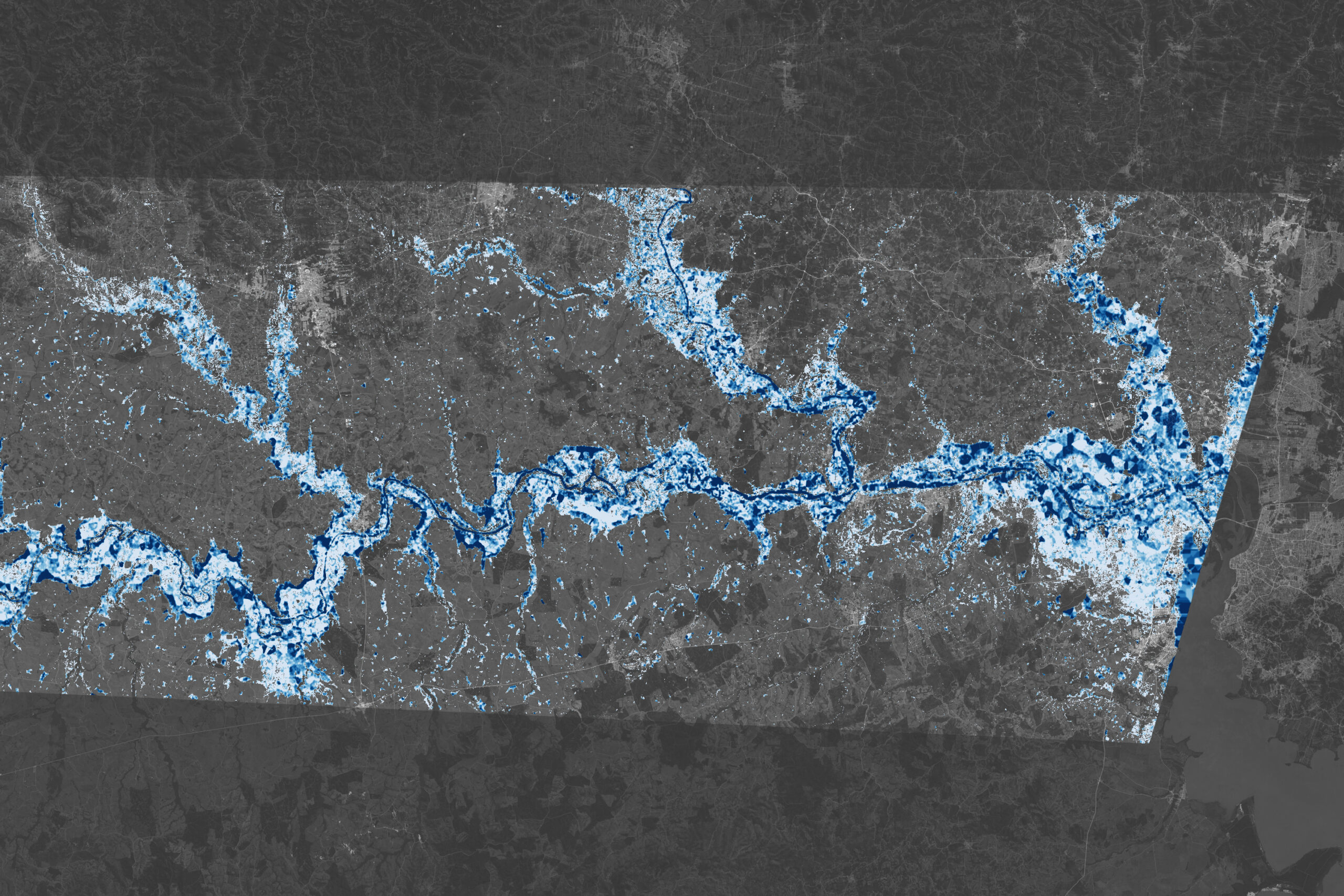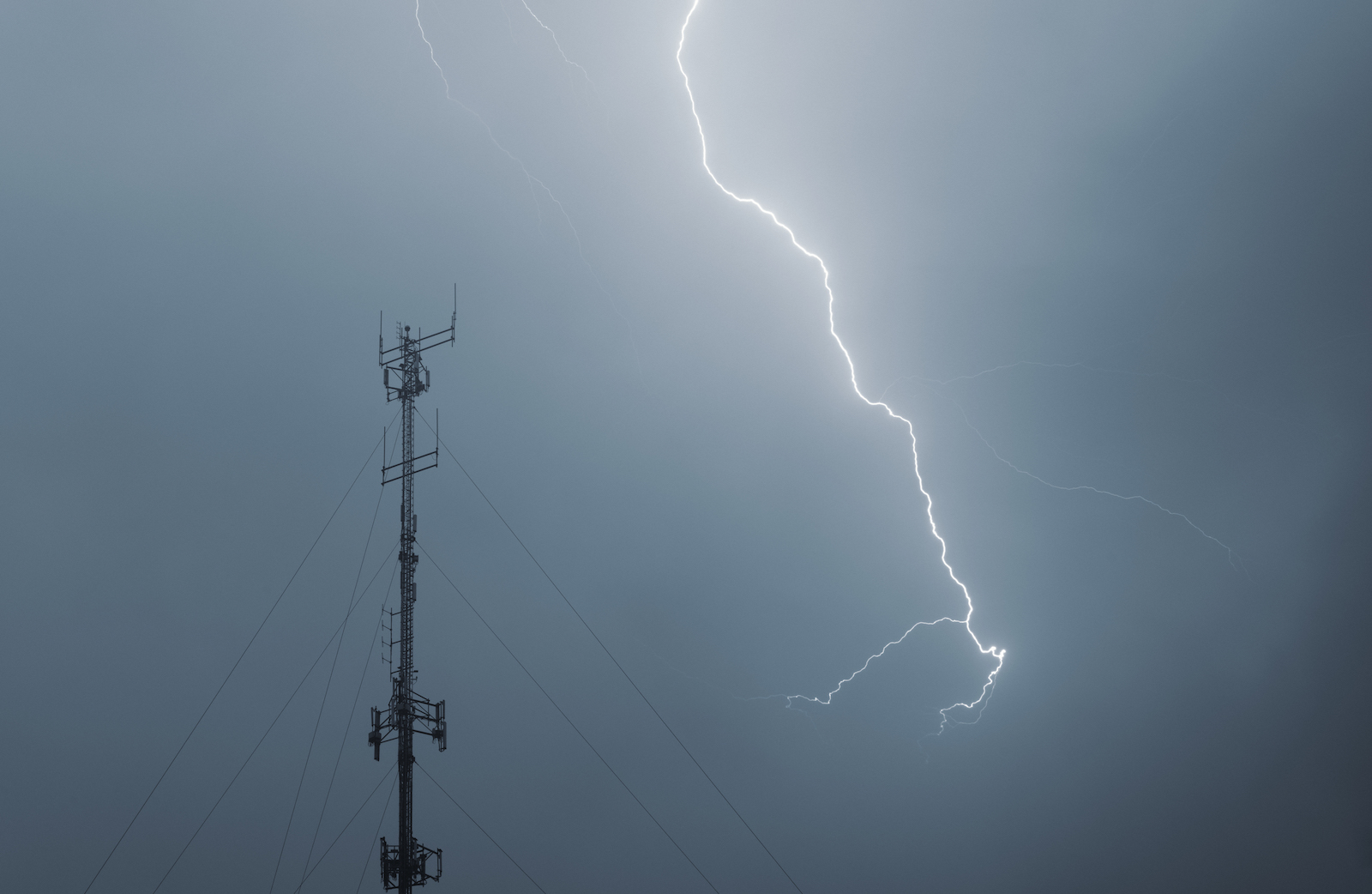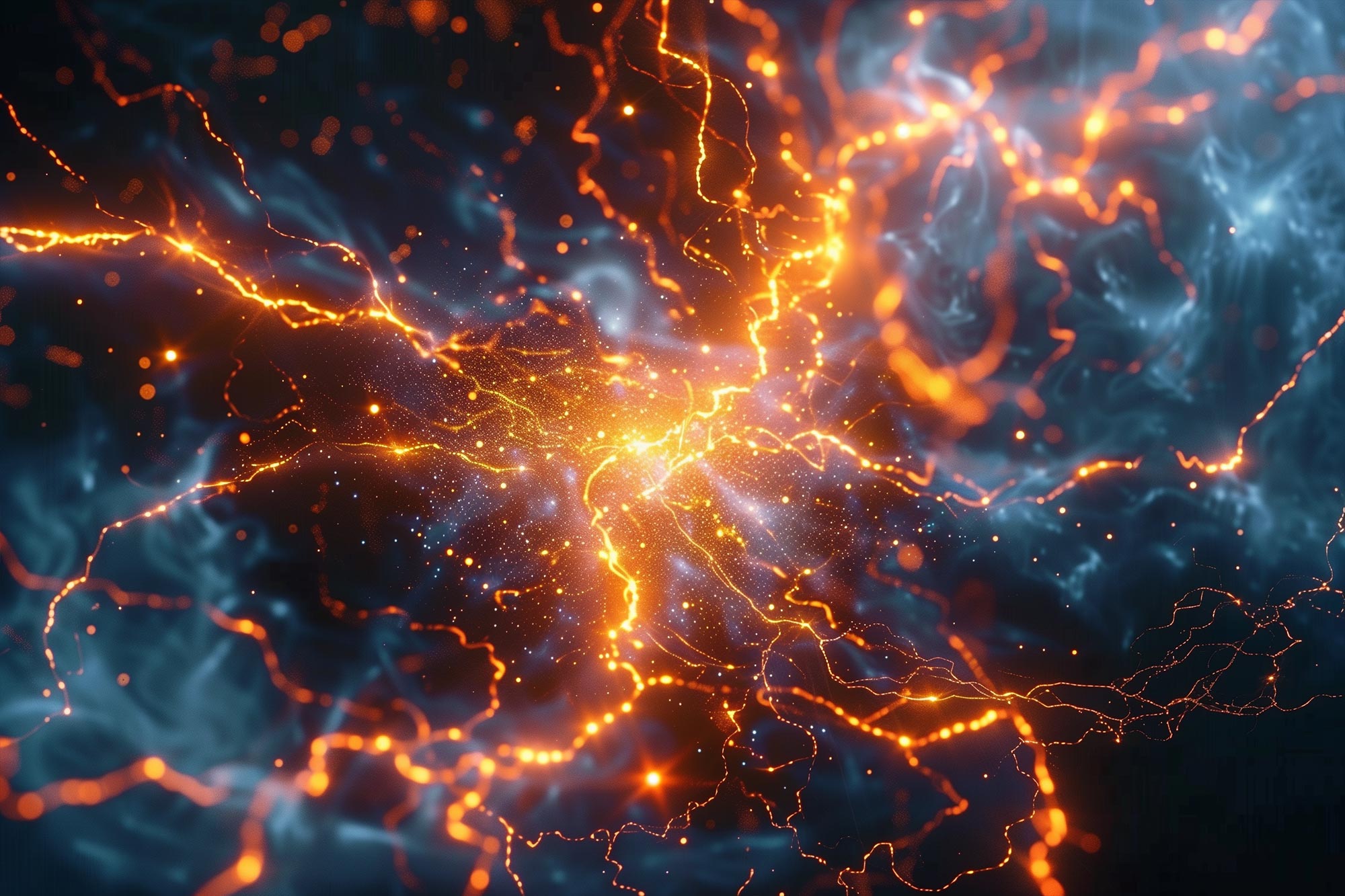
© APA – Austria Press Agency
Most of the water could come from the solar wind, according to the new study.
Chinese researchers have analyzed the samples of Chang’e 5 Mission
, which have changed since 17. December 2020 on earth, examined and found water in the moondust.
The unmanned space probe of the People’s Republic of China collected about 2 kilograms of lunar regolith. The study results have now revealed that up to 120 parts per million (ppm) water in the form of hydroxyl or H2O. The lunar soil contains 120 grams of water per tonne.
Hydrogen from solar wind
While 60 ppm of water in the regolith may have originated from the interior of the Earth’s satellite, the majority is due to the action of the solar wind, which contain hydrogen.
As early as 2009, NASA had the probe Lcross (Lunar Crater Observation and Sensing Satellite) brought to the lunar surface. Infrared cameras and spectrometers made it clear that there is water the size of Lake Constance at the South Pole.
Moon station planned with Russia
The moon water could not only be available to the astronauts, but could also be used to produce fuel. Together with Roskosmos, the Russian space agency, China is now planning a station on the moon.
The test results were published in the journal Science Advances .
More on the subject
Note: This article has been indexed to our site. We do not claim legitimacy, ownership or copyright of any of the content above. To see the article at original source Click Here













